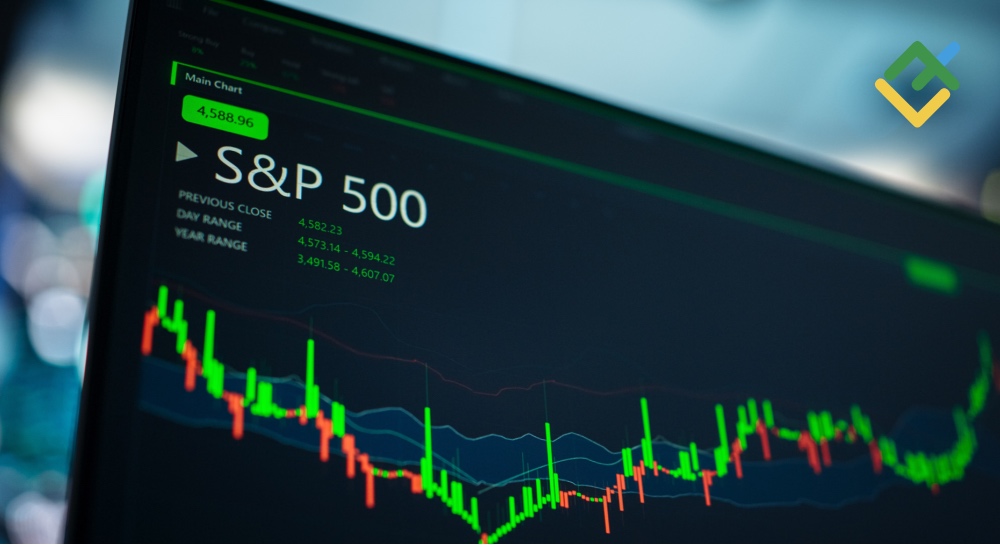Retail
forex deposits across major US brokers fell 7% in April compared to March, with
total numbers dropping to $495.5 million from $530.1 million the previous
month, as massive capital outflows and record dollar weakness created turbulent
trading conditions.
US Forex Deposits Drop 7%
in April as Major Brokers See Mixed Results
The monthly
decline affected most major platforms, with Gain Capital experiencing the
steepest drop of 6.8%, falling from $226.6 million to $211.1 million. IG US saw
deposits decrease 9.9% to $39.8 million, while OANDA recorded a 9.5% decline to
$146.1 million.
Interactive
Brokers stood out as the only major platform to post growth, with deposits
rising 3% to $33.1 million in April. Charles Schwab saw a modest 0.7% decrease
to $62.8 billion, while Trading.com posted a small 1.8% gain to $2.6 billion.
Interestingly,
April’s market turmoil led to record trading volumes, with both retail and
institutional investor activity surging across nearly all continents. Despite
this, deposit values at U.S. brokers saw record-level declines.
Dollar Plunges Amid
Capital Flight
The decline in deposits coincided with severe market volatility in April, when the US dollar crashed 4.4% against a weighted basket of currencies, testing its lowest levels in three years. The monthly drop was the steepest since November 2022, as
foreign investors dumped $6.5 billion of US equities in just five trading
sessions.
The
dollar’s collapse came after President Trump’s surprise tariff announcement on
April 2, which sparked what Wall Street dubbed the “Sell America”
trade. Goldman Sachs chief economist Jan Hatzius warned the currency “has
considerably more room to fall” as recession fears mounted.
Capital
flight intensified throughout the month, with funds holding US “junk”
bonds experiencing record outflows of nearly $16 billion. The euro surged 5% as
European markets outperformed their American counterparts, with the Stoxx 600
finishing April down only 1.2% compared to deeper US market declines.
Market Volatility Hits
Trading Activity
The
year-over-year picture shows broader shifts in market share. Compared to April
2024, total industry deposits dropped 5.9% from $526.8 million. IG US suffered
the largest annual decline, falling 21.6% from $50.8 million a year earlier.
OANDA deposits dropped 16.8% year-over-year, declining from $175.7 million in
April 2024.
However,
some brokers posted strong annual growth despite the turbulence. Interactive
Brokers deposits surged 20.6% compared to April 2024, rising from $27.4 million.
Trading.com saw the most visible percentage increase, jumping 46.6% from $1.8 million
a year ago, though it remains the smallest platform by deposits.
The
combination of currency weakness and capital outflows created a double burden
for American consumers, who now face both higher tariff costs and increased
prices for imported goods due to the weaker dollar. The April data suggests
retail forex trading activity remains highly sensitive to broader market
volatility and geopolitical uncertainty.
Retail
forex deposits across major US brokers fell 7% in April compared to March, with
total numbers dropping to $495.5 million from $530.1 million the previous
month, as massive capital outflows and record dollar weakness created turbulent
trading conditions.
US Forex Deposits Drop 7%
in April as Major Brokers See Mixed Results
The monthly
decline affected most major platforms, with Gain Capital experiencing the
steepest drop of 6.8%, falling from $226.6 million to $211.1 million. IG US saw
deposits decrease 9.9% to $39.8 million, while OANDA recorded a 9.5% decline to
$146.1 million.
Interactive
Brokers stood out as the only major platform to post growth, with deposits
rising 3% to $33.1 million in April. Charles Schwab saw a modest 0.7% decrease
to $62.8 billion, while Trading.com posted a small 1.8% gain to $2.6 billion.
Interestingly,
April’s market turmoil led to record trading volumes, with both retail and
institutional investor activity surging across nearly all continents. Despite
this, deposit values at U.S. brokers saw record-level declines.
Dollar Plunges Amid
Capital Flight
The decline in deposits coincided with severe market volatility in April, when the US dollar crashed 4.4% against a weighted basket of currencies, testing its lowest levels in three years. The monthly drop was the steepest since November 2022, as
foreign investors dumped $6.5 billion of US equities in just five trading
sessions.
The
dollar’s collapse came after President Trump’s surprise tariff announcement on
April 2, which sparked what Wall Street dubbed the “Sell America”
trade. Goldman Sachs chief economist Jan Hatzius warned the currency “has
considerably more room to fall” as recession fears mounted.
Capital
flight intensified throughout the month, with funds holding US “junk”
bonds experiencing record outflows of nearly $16 billion. The euro surged 5% as
European markets outperformed their American counterparts, with the Stoxx 600
finishing April down only 1.2% compared to deeper US market declines.
Market Volatility Hits
Trading Activity
The
year-over-year picture shows broader shifts in market share. Compared to April
2024, total industry deposits dropped 5.9% from $526.8 million. IG US suffered
the largest annual decline, falling 21.6% from $50.8 million a year earlier.
OANDA deposits dropped 16.8% year-over-year, declining from $175.7 million in
April 2024.
However,
some brokers posted strong annual growth despite the turbulence. Interactive
Brokers deposits surged 20.6% compared to April 2024, rising from $27.4 million.
Trading.com saw the most visible percentage increase, jumping 46.6% from $1.8 million
a year ago, though it remains the smallest platform by deposits.
The
combination of currency weakness and capital outflows created a double burden
for American consumers, who now face both higher tariff costs and increased
prices for imported goods due to the weaker dollar. The April data suggests
retail forex trading activity remains highly sensitive to broader market
volatility and geopolitical uncertainty.
This post is originally published on FINANCEMAGNATES.

